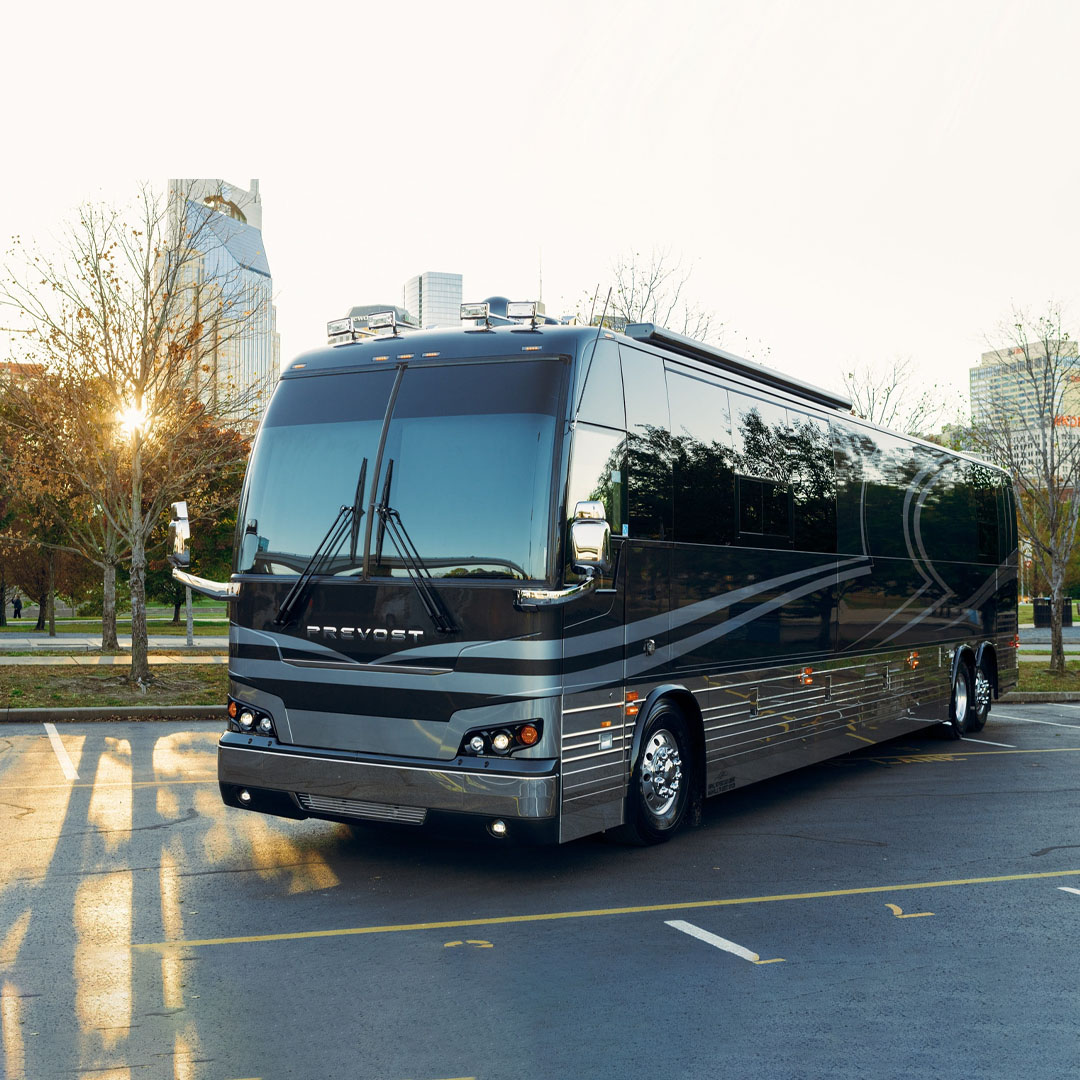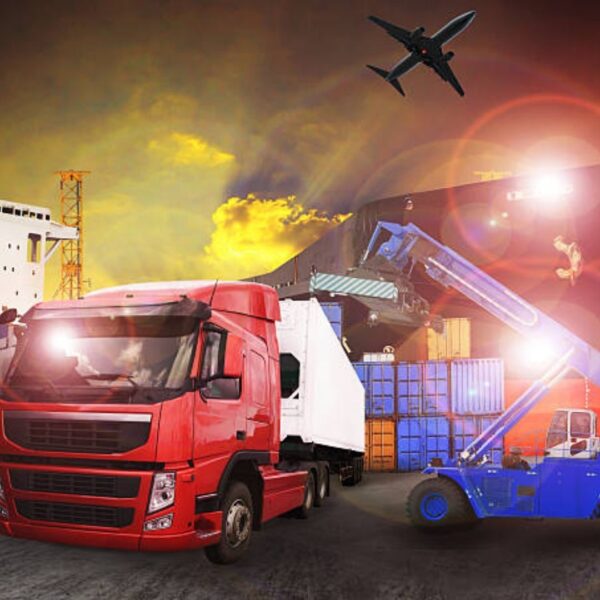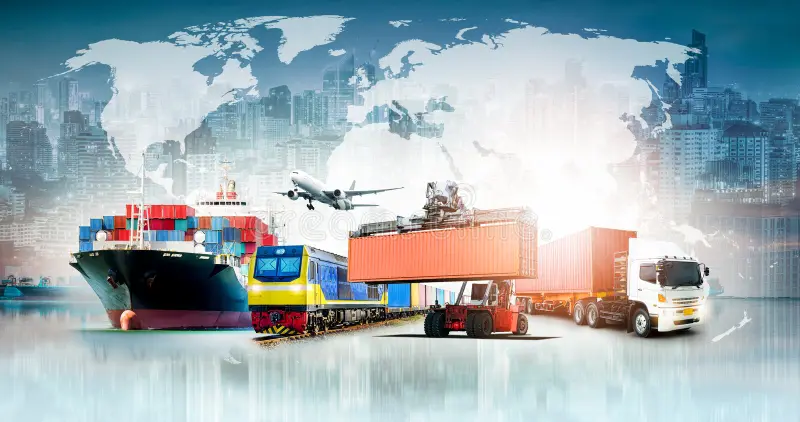In recent years, the concept of air taxis has gained significant attention in the transportation industry. These futuristic vehicles promise to revolutionize urban mobility by providing a faster and more efficient mode of transportation.
However, the cost of air taxi services has been a topic of debate and has elicited unexpected reactions from both experts and the general public. In this article, we will delve into the factors that contribute to the cost of air taxi services and explore the surprising responses surrounding this emerging mode of transportation.
Understanding the Cost of Air Taxi Services
Air taxi cost are not your typical mode of transportation. They offer a unique experience that combines the convenience of helicopters with the affordability of ridesharing services. However, the cost of operating and maintaining air taxis is significantly higher than traditional ground transportation options. Let’s take a closer look at the factors that contribute to the cost of air taxi services.
1. Infrastructure and Technology
One of the primary reasons for the high cost of air taxi services is the infrastructure and technology required to support this mode of transportation. Airports need to be equipped with helipads or vertiports, which require significant investments in construction and maintenance. Additionally, air taxis rely on advanced technology, such as autonomous flight systems and electric propulsion, which adds to the overall cost.

2. Safety and Regulations
Safety is paramount in the aviation industry, and air taxi services are no exception. The stringent safety regulations imposed by aviation authorities require air taxi operators to invest heavily in safety measures, including regular maintenance, pilot training, and compliance with aviation standards. These additional safety requirements contribute to the overall cost of air taxi services.
3. Limited Passenger Capacity
Unlike commercial airlines, air taxis have limited passenger capacity. Most air taxis can accommodate only a handful of passengers, typically ranging from two to six individuals. This limited capacity means that the cost of operating an air taxi needs to be distributed among a smaller number of passengers, resulting in higher ticket prices.
4. Operational Costs
Operating an air taxi involves various costs, including fuel, maintenance, insurance, and personnel expenses. These operational costs are significantly higher compared to ground transportation options. Additionally, air taxis often operate on-demand, which means they need to be available 24/7, further increasing the operational expenses.
Unexpected Reactions to Air Taxi Cost
Despite the potential benefits of air taxi services, the cost has been a point of contention among experts and the general public. Here are some unexpected reactions to the cost of air taxi services:

1. Perception of Exclusivity
Due to the high cost associated with air taxi services, there is a perception that they are exclusive and only accessible to the wealthy. This perception has led to concerns about increasing inequality in transportation options. Critics argue that air taxis may exacerbate the divide between the rich and the rest of the population, creating a transportation system that is only available to a privileged few.
2. Environmental Impact
While air taxis offer a more efficient mode of transportation within urban areas, there are concerns about their environmental impact. The use of electric propulsion systems mitigates some of the environmental concerns, but the overall carbon footprint of air taxis is still a subject of debate. Critics argue that the high cost of air taxi services should be justified by their positive environmental impact, which may not be the case in all scenarios.
3. Potential for Disruption
Air taxis have the potential to disrupt traditional transportation systems, including ground transportation and commercial airlines. This disruption has sparked mixed reactions, with some embracing the idea of a faster and more convenient mode of transportation, while others express concerns about the impact on existing infrastructure and employment in the transportation sector. The cost of air taxi services plays a significant role in shaping these reactions.
4. Economic Viability
The economic viability of air taxi services is another point of contention. While proponents argue that the cost will decrease as the technology matures and economies of scale are achieved, skeptics question the long-term sustainability of air taxi operations. The high cost of air taxi services raises doubts about their ability to attract a large customer base and generate sufficient revenue to cover the operational expenses.
5. Balancing Affordability and Profitability
Finding the right balance between affordability for passengers and profitability for air taxi operators is a complex challenge. Lowering the cost of air taxi services may increase accessibility but could also jeopardize the financial viability of the operators. Striking the right balance requires careful consideration of various factors, including operational costs, market demand, and regulatory frameworks.

Final Words
The cost of air taxi services has sparked unexpected reactions and debates among experts and the general public. While the high cost can be attributed to factors such as infrastructure, technology, safety regulations, limited passenger capacity, and operational expenses, it has raised concerns about exclusivity, environmental impact, potential disruption, economic viability, and the delicate balance betweenaffordability and profitability.
As the air taxi industry continues to evolve, it is crucial to address these concerns and find solutions that ensure accessibility, sustainability, and a positive impact on urban mobility. The future of air taxis holds immense potential, but it requires careful consideration and collaboration from various stakeholders to navigate the challenges and make this mode of transportation a viable and inclusive option for all.
FAQ
- Are air taxi services only for the wealthy?
Air taxi services are often perceived as exclusive due to their high cost. However, efforts are being made to make them more accessible and affordable to a wider range of passengers. - What is the environmental impact of air taxis?
While air taxis offer a more efficient mode of transportation within urban areas, their overall environmental impact is still a subject of debate. The use of electric propulsion systems helps mitigate some concerns, but further research is needed to assess their carbon footprint. - Will air taxis disrupt traditional transportation systems?
Air taxis have the potential to disrupt traditional transportation systems, but the extent of this disruption is yet to be determined. It may bring about both positive and negative changes, and careful planning is necessary to ensure a smooth transition. - Are air taxi services economically viable in the long run?
The economic viability of air taxi services is a point of contention. While proponents believe that costs will decrease as technology advances, skeptics question their ability to attract a large customer base and generate sufficient revenue. - How can the affordability of air taxi services be balanced with profitability?
Striking the right balance between affordability for passengers and profitability for operators is a complex challenge. It requires considering factors such as operational costs, market demand, and regulatory frameworks to ensure a sustainable business model.









